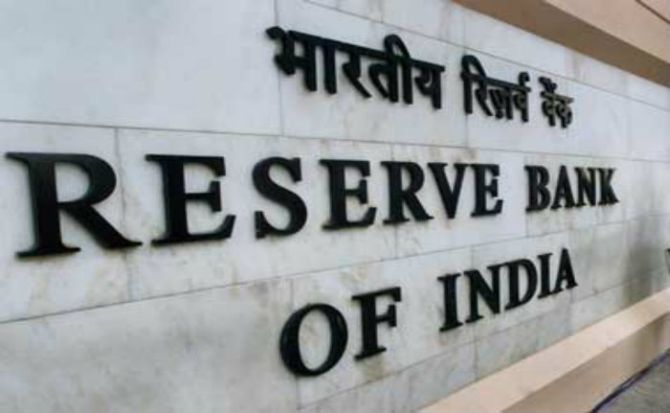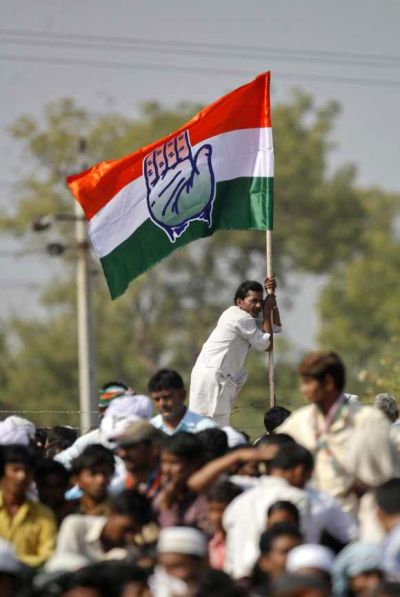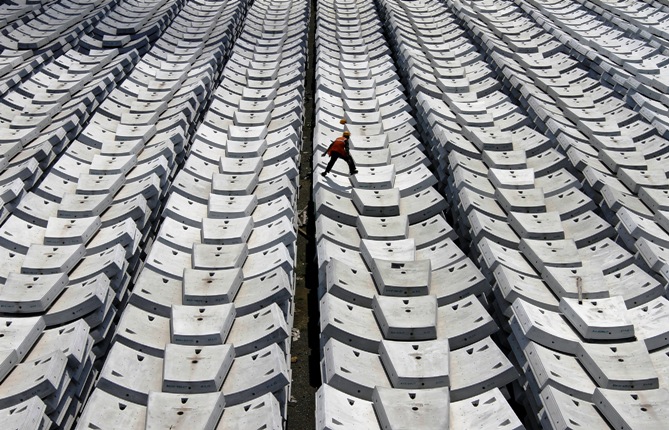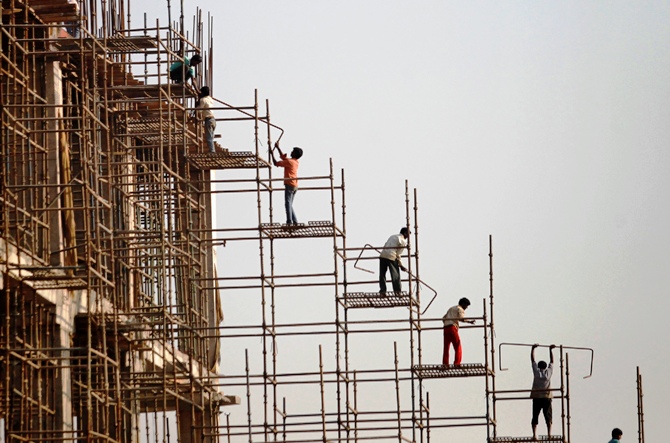Photographs: Rupak De Chowdhuri/Reuters A Seshan
Since the Chakravarty Committee’s report was accepted, the ‘tolerable rate’ has become five per cent and there has even been talk among the policy makers of a ‘new normal’ of six to 6.5 per cent, notes A Seshan
The Reserve Bank of India has set up an expert committee under Urjit Patel to revise and strengthen the monetary policy framework.
Among other things, the terms of reference include a review of the objectives of monetary policy.
What does this entail?
The preamble to the RBI Act mandates that the Bank should regulate the issue of bank notes and the keeping of reserves with a view to securing monetary stability in India and, generally, to operate the currency and credit system of the country to its advantage.
My examination of the four volumes of the history of the RBI does not reveal any explicit definition of ‘monetary stability’.
I looked in vain for a reference to the term in the indices of the volumes.
. . .
The dangers of 'tolerable' inflation
Photographs: Reuters
However, the Annual Reports and the speeches of the higher executives of the Bank in the past give the impression that, all along, until the mid-1980s, monetary stability meant to imply price stability or the maintenance of the purchasing power of the rupee.
The Chakravarty Committee on the working of the monetary system brought about a new paradigm in the objective of monetary policy and its implementation.
It redefined the objective without saying so overtly to provide for an ‘acceptable’ or ‘tolerable’ inflation rate of four per cent that would reflect the general price rise resulting from the changing relative prices caused by sectoral shifts of resources in the process of growth.
I have questioned this rationale and described its damaging consequences in my review of the fourth volume of the history of the RBI (The Origin of Inflation, December 14, 2013*).
. . .
The dangers of 'tolerable' inflation
Photographs: Reuters
Since the Chakravarty Committee’s report was accepted, the ‘tolerable rate’ has become five per cent and there has even been talk among the policy makers of a ‘new normal’ of six to 6.5 per cent.
Incidentally, characterising an annual inflation rate of five per cent as ‘tolerable’ or ‘acceptable’ is misleading.
It raises the question: to whom is this rate tolerable?
Certainly not to the poor man struggling to make ends meet.
It is to the policy maker only! The acceptable rate was never debated in Parliament.
So, the basic question the Patel Committee needs to address is whether it accepts the definition of monetary stability as one of stabilising prices, that is, the purchasing power of the rupee, or the inflation rate.
. . .
The dangers of 'tolerable' inflation
Photographs: Reuters
It is recognised in developed countries that a zero rate of inflation is not practicable or even desirable for the following reasons.
The Consumer Price Index does not reflect prices rising due to improvements in quality of goods and services.
For example, today’s high-priced smartphone incorporates features that were absent last year.
The CPI does not discount this factor in recording prices for purposes of comparison. Secondly, dealing with inflation is easier, relatively speaking, than with deflation.
It has been well illustrated in the case of Japan.
So, central banks in the developed countries prefer to define price stability as compatible with an inflation rate of two to three per cent.
. . .
The dangers of 'tolerable' inflation
Image: A vendor selling vegetables waits for customers at his stall at a market in Mumbai.Photographs: Danish Siddiqui/Reuters
Considering the average level of incomes and social security schemes, such an inflation rate is tolerable for the common man in developed countries.
These considerations do not apply to India.
Certainly an inflation rate of five per cent year after year is not something with which the aam aadmi can cope, given his slender resources.
One of the ways that households adapt to deal with inflation is to cut back on purchases of goods and services.
Such cutbacks lead to a fall in real aggregate demand triggering recessionary conditions, a factor not recognised in official circles.
For the consumer, the level of prices is as important as their rise over a period.
. . .
The dangers of 'tolerable' inflation
Image: A worker walks over giant pieces of concrete that will be used to make tunnels for the metro railway, at a casting yard in Chennai.Photographs: Babu/Chennai
What is the use of the inflation rate falling from, say, 10 per cent to five per cent, if the commodity is still not affordable?
A good example is a pair of shoes that costs Rs 1,000.
So deflation, rather than disinflation, is what the common man would appreciate.
But, in today’s milieu with the inflation psychology built in, the policy maker would not countenance such an idea.
The Patel Committee needs to examine the matter and see whether a lower level of, say, two per cent inflation could be considered consistent with price stability.
It is one thing to aim at price stability and fail due to circumstances beyond the RBI’s control.
. . .
The dangers of 'tolerable' inflation
Image: Labourers work at the construction site of a commercial complex in New Delhi.Photographs: Anindito Mukherjee/Files/Reuters
But it is altogether another thing for the central bank to project money supply to accommodate inflation of five per cent year after year, as it is doing now.
It only sets a lower bound for inflation!
It should ask itself about the consequences if the ‘baker’s dozen’, as I call it, is not incorporated in the estimate.
Is it good or bad for the economy?
The RBI Act completes 80 years on March 6, 2014.
It has been amended from time to time in a piecemeal manner to implement the recommendations of many committees and commissions to accommodate changes in economic structure and policy stance.
There is a need for a high-powered commission to review the RBI Act in its entirety in relation to its working and functions in order to formulate a new law that is in consonance with the latest theories and practices of central banking.
. . .
The dangers of 'tolerable' inflation
Photographs: Reuters
It would certainly be appropriate for the Patel Committee to make such a recommendation.
In 1999, when the RBI completed 50 years of nationalisation, I suggested that such a commission be appointed under an eminent personality like N A Palkhivala. Palkhivala is no more.
I can think of only Bimal Jalan with his rich and wide experience in various aspects of policy -- making to head the high-powered commission.
A Seshan is an economic consultant and a former officer-in-charge in the department of economic analysis and policy at the Reserve Bank of India









article